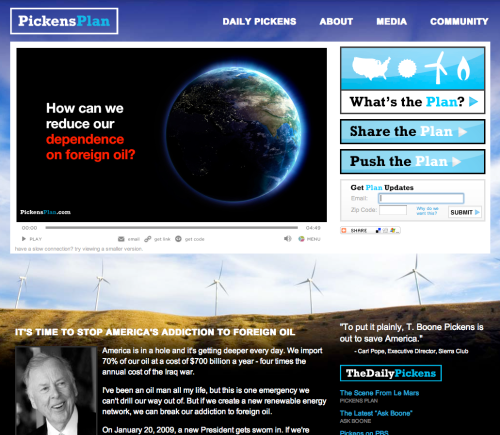 I’ve written before about the coming collision between green energy projects and endangered wildlife. Now we have a federal court decision in a case involving an endangered bat and a West Virginia wind farm. As I write Thursday in The New York Times:
I’ve written before about the coming collision between green energy projects and endangered wildlife. Now we have a federal court decision in a case involving an endangered bat and a West Virginia wind farm. As I write Thursday in The New York Times:
A federal judge’s ruling that stopped construction of a West Virginia wind farm to protect an endangered bat underscores the growing conflicts between green energy and imperiled wildlife.
But the case, thought to be the first of its kind involving a wind energy project, seems unlikely to derail other projects, as some wind energy advocates have feared, unless the operators ignore endangered species laws.
In the West Virginia dispute, a subsidiary of wind developer Invenergy called Beech Ridge Energy applied to build a 122-turbine project along an Appalachian ridgeline in Greenbrier County. The county is home to the Indiana bat, which the federal government listed as endangered in 1967.
“This is a case about bats, wind turbines, and two federal policies, one favoring the protection of endangered species, and the other encouraging development of renewable energy resources,” wrote Judge Roger W. Titus of the Federal District Court in Maryland in Tuesday’s ruling. “The two vital federal policies at issue in this case are not necessarily in conflict.”
That’s because under the Endangered Species Act, developers can apply for an “incidental take permit” that allows the inadvertent killing of protected wildlife if other measures are taken to protect the animals.
Invenergy told federal wildlife officials that surveys had not detected the Indiana bat at the West Virginia wind farm site. Although officials at the Fish and Wildlife Service had urged the company’s consultants to conduct more extensive surveys, a West Virginia state agency approved the project and construction of the wind turbines began.
The Animal Welfare Institute, a Washington-based nonprofit group, sued to stop construction. An initial assessment of the project had estimated that it would annually kill 6,746 bats of all kinds.
After listening to expert testimony from both sides, Judge Titus concluded that Invenergy’s consultants avoided undertaking surveys that would have shown the presence of Indiana bats at the project site.
“By a preponderance of the evidence, that, like death and taxes, there is a virtual certainty that Indiana bats will be harmed, wounded, or killed imminently by the Beech Ridge Project,” the judge wrote in his ruling. “This court has concluded that the only avenue available to defendants to resolve the self-imposed plight in which they now find themselves is to do belatedly that which they should have done long ago: apply for an I.T.P.” (I.T.P. refers to incidental take permit.)
You can read the rest of the story here.




